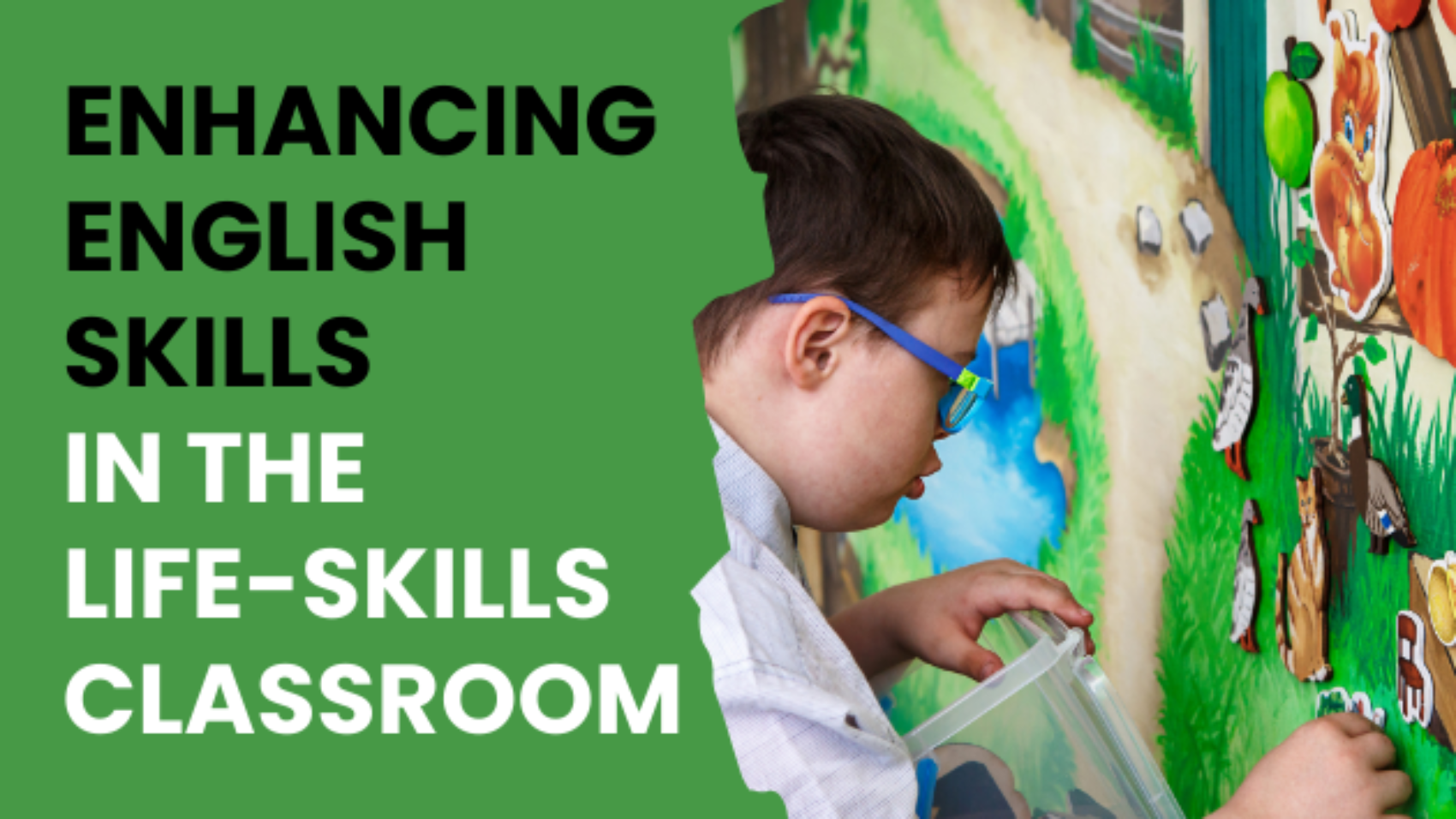Greetings, educators! Today, let’s delve into an exciting realm where life skills and English language proficiency intertwine. As life-skills teachers, you play a pivotal role in shaping well-rounded individuals, and enhancing English language skills is a fantastic way to empower your students for success. Let’s explore some practical ways to bridge the gap between life skills and English proficiency in your classroom.
1. Integrated Lesson Plans: Blend English language activities seamlessly into your life skills lessons. Whether it’s through discussions, role-playing, or interactive exercises, infuse language components to reinforce communication, vocabulary, and comprehension skills. For instance, have students engage in scenario-based conversations that mirror real-life situations they may encounter.
2. Contextualized Vocabulary Building: Tailor your vocabulary lessons to align with life skills contexts. Introduce and reinforce words that are commonly used in everyday scenarios, such as workplace communication, personal finance, or health and wellness. This approach not only enhances language skills but also equips students with practical, applicable knowledge.
3. Real-world Writing Exercises: Incorporate writing tasks that mirror the kind of communication your students will encounter in their daily lives. This could include drafting emails, creating resumes, or even composing social media updates. By grounding writing exercises in real-world applications, students not only refine their language skills but also gain practical insights into effective communication.
4. Literature with a Purpose: Select literature that serves a dual purpose – offering language enrichment while addressing relevant life skills themes. Discussing literature with a focus on communication styles, interpersonal relationships, and decision-making can deepen language comprehension and application.
5. Multimodal Learning: Recognize and leverage diverse learning styles within your classroom. Integrate visual aids, multimedia resources, and hands-on activities to reinforce language concepts. This approach caters to different learning preferences, making language acquisition more engaging and effective.
6. Collaborative Projects: Foster a collaborative environment where students work together on projects that require effective communication. Whether it’s a group presentation, a problem-solving task, or a community outreach initiative, collaborative projects not only enhance language skills but also promote teamwork and interpersonal abilities.
7. Language Through Reflection: Incorporate reflective practices into your lessons. Encourage students to express their thoughts, experiences, and emotions in English. This not only aids language development but also nurtures self-awareness and emotional intelligence – crucial life skills.
8. Language Games and Activities: Inject an element of fun into language learning with games and activities. Scrabble, vocabulary bingo, or language-based puzzles not only make learning enjoyable but also reinforce language skills in an interactive manner.
9. Authentic Language Exposure: Create opportunities for authentic language exposure. Whether it’s through guest speakers, field trips, or virtual experiences, exposing students to diverse language contexts enriches their linguistic abilities and cultural understanding.
10. Continuous Feedback and Improvement: Provide regular feedback on language usage and celebrate improvement. Encourage students to set language learning goals and track their progress. This ongoing feedback loop promotes a growth mindset, fostering a culture of continuous improvement in language skills.
By weaving English language development into your life skills curriculum, you’re not just teaching words – you’re equipping your students with a powerful tool for navigating the complexities of life. Embrace these strategies, tailor them to your classroom dynamics, and watch as your students thrive both linguistically and in their life skills journey. Here’s to creating a classroom where language proficiency and life skills flourish hand in hand!
If you are ready to invest in coaching to help you improve your students’ language arts skills, contact us here.


